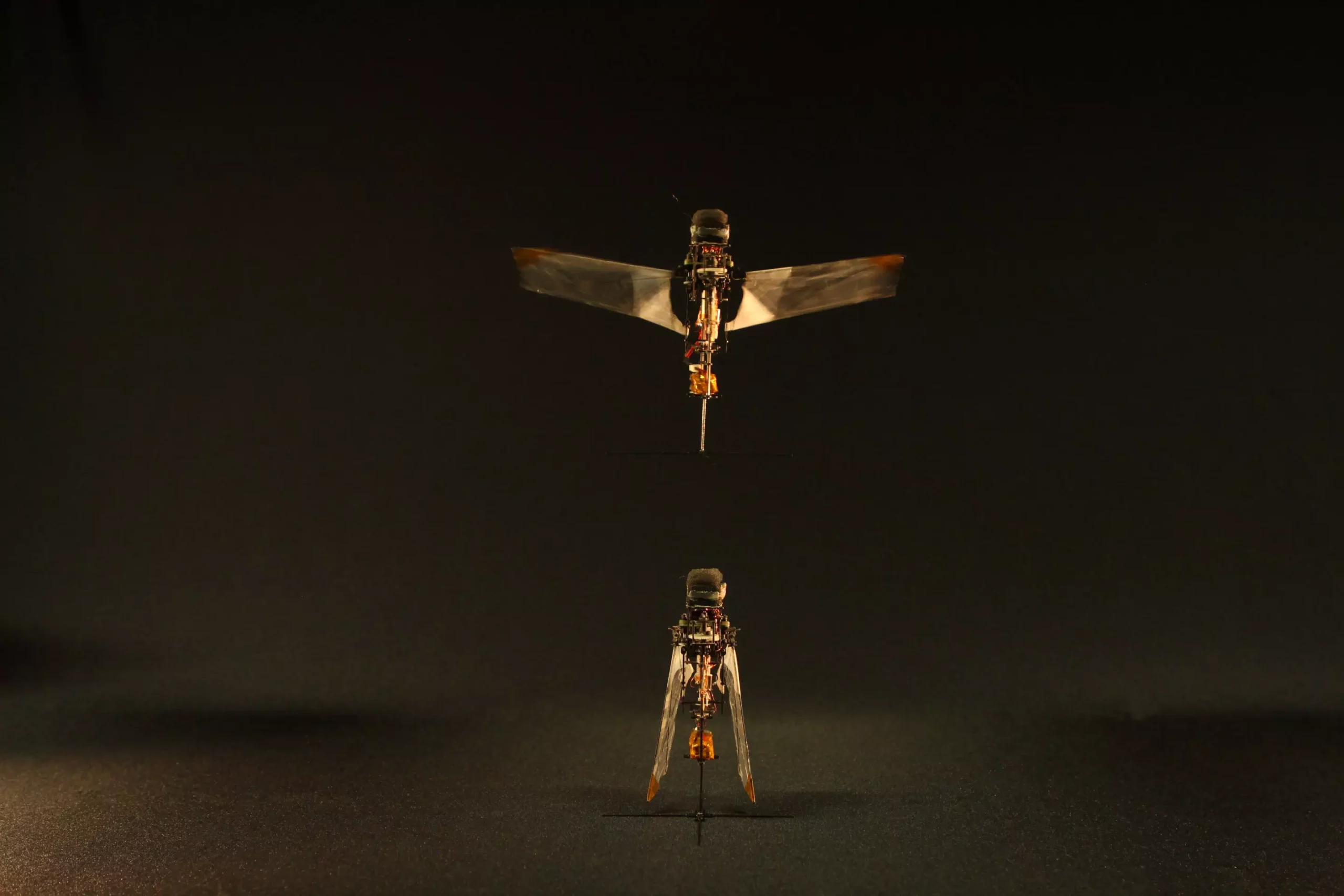As researchers continue to look to nature for inspiration in developing flying robotic systems, a recent study conducted by scientists from Ecole Polytechnique Fédérale de Lausanne (EPFL, Switzerland) and Konkuk University (South Korea) sheds light on the passive wing deployment and retraction mechanisms of herbivorous insects known as rhinoceros beetles. Unlike birds and bats, which use active muscle movements to flap their wings, these beetles were found to deploy and retract their wings passively, without the need for extensive actuators.
The hindwings of rhinoceros beetles were observed to resemble foldable origami structures, capable of being neatly folded and stowed under the elytra while at rest, and passively deployed when in flight. Previous studies focused on replicating beetle wing dynamics in robots by using origami-like structures but often overlooked the movements at the base of the hindwings. This oversight led researchers to explore the passive mechanisms that beetles employ for wing deployment and retraction.
Implementing Passive Mechanisms in Flapping Microrobots
By leveraging the insight gained from studying rhinoceros beetles, researchers were able to develop a flapping microrobot that mimics the passive wing deployment and retraction observed in these insects. Unlike existing flapping robots with fixed wings, the new microrobot can fold its wings along its body at rest and passively deploy them for take-off and stable flight. By using elastic tendons at the armpits, the robot can close its wings passively and retract them after landing without the need for additional actuators.
The implications of this research extend beyond robotics, with potential applications in search and rescue missions, biomechanics studies of insect flight, and even espionage. The small size and passive wing deployment of the microrobot make it ideal for navigating confined spaces, such as collapsed buildings. Additionally, the robot’s ability to switch between flight and crawling modes enhances its mobility and versatility for various tasks.
Future Directions and Challenges
While the initial tests of the flapping microrobot have shown promising results, further research is needed to optimize its design and evaluate its performance in real-world scenarios. Exploring the passive strategies used by other insects, such as tiny flies, could provide valuable insights into the limitations of muscle availability in insect flight. As technology continues to advance, the potential applications of passive flapping microrobots in diverse fields are vast and offer exciting possibilities for future research and development.


Leave a Reply